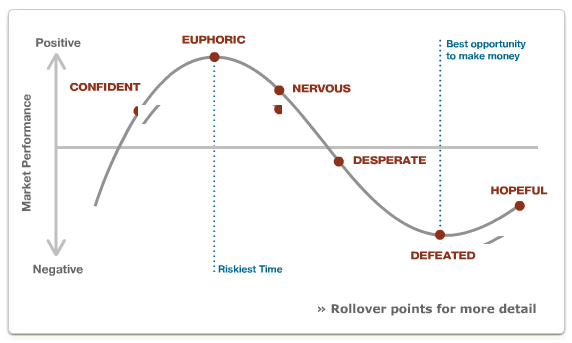Best Blogs of the Week
This week’s posts include a newcomer, AllianceBernstein, as well nicely crafted post written mostly in bullets.
- Wells Fargo – This post presents an interesting view on investing in China. Specifically, the author contrasts the banking sector versus consumer sector.
- AllianceBernstein – This post covers covers common ground: dollar-cost averaging or not. It provides a nice idea of what cost an investor may expect with dollar-cost averaging in the event a rapid bull market.
- American Century – A succinct bullet-based post that provides some opinions from American Century on big market issues such as inflation and interest rates.







